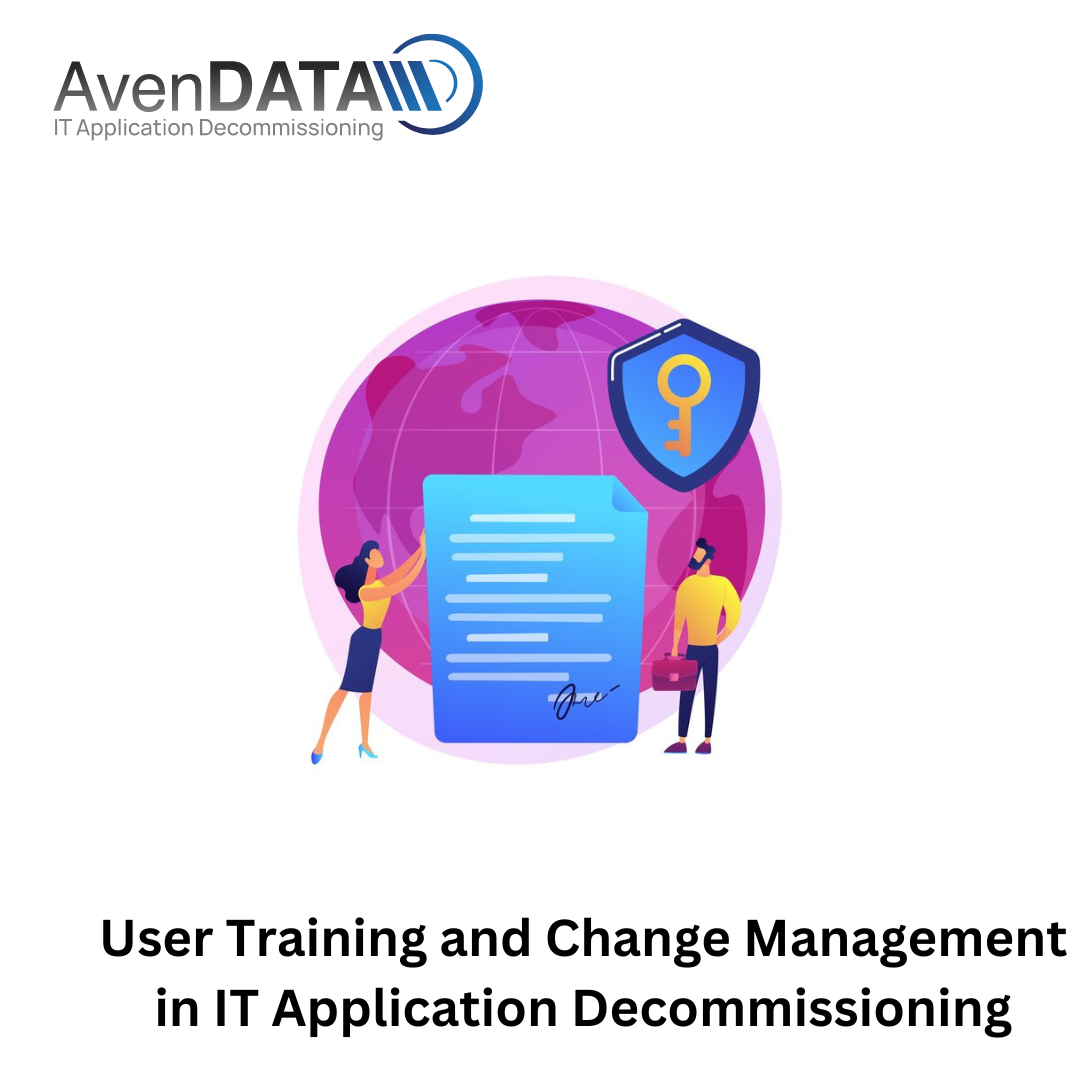In the fast-paced landscape of IT, change is inevitable. When organizations decide to decommission legacy applications in favor of newer, more efficient systems, it's not just about technology—it's about people. User training and change management play pivotal roles in ensuring a smooth transition during IT application decommissioning.
Understanding the Impact
Change can be unsettling, especially for employees accustomed to working with familiar tools and processes. Hence, it's crucial to recognize the impact of IT application decommissioning on users. Whether it's shifting to a new interface, learning different workflows, or adapting to updated functionalities, employees need support to navigate these changes effectively.
Tailored Training Programs
Investing in comprehensive training programs tailored to the specific needs of users is essential. These programs should encompass various learning formats, including classroom training, online modules, workshops, and one-on-one coaching sessions. By catering to diverse learning styles, organizations can ensure that all users grasp the intricacies of the new systems.
Clear Communication and Expectation Management
Effective change management hinges on clear communication and transparent expectation management. From the outset, stakeholders should be informed about the rationale behind decommissioning legacy applications, the benefits of the new systems, and the timeline for transition. Regular updates and open channels of communication help alleviate uncertainty and foster a sense of ownership among users.
Engaging Champions and Super Users
Identifying and empowering champions and super users within the organization can significantly aid in driving adoption and mitigating resistance to change. These individuals, proficient in both the legacy and new systems, can serve as mentors, offering guidance and support to their peers. Their advocacy lends credibility to the transition process and inspires confidence among users.
Continuous Support and Feedback Mechanisms
Change doesn't end with the rollout of new systems—it's an ongoing journey. Organizations must provide continuous support to users post-implementation, addressing queries, troubleshooting issues, and offering refresher training as needed. Additionally, establishing feedback mechanisms allows users to voice their concerns and suggestions, facilitating iterative improvements and fostering a culture of continuous learning.
Conclusion
In the realm of IT application decommissioning, success is not solely measured by the efficiency of the technology but by the adaptability of the people using it. By prioritizing user training and change management, organizations can empower their workforce to embrace change, maximize the benefits of new systems, and drive sustainable growth and innovation.





Comments